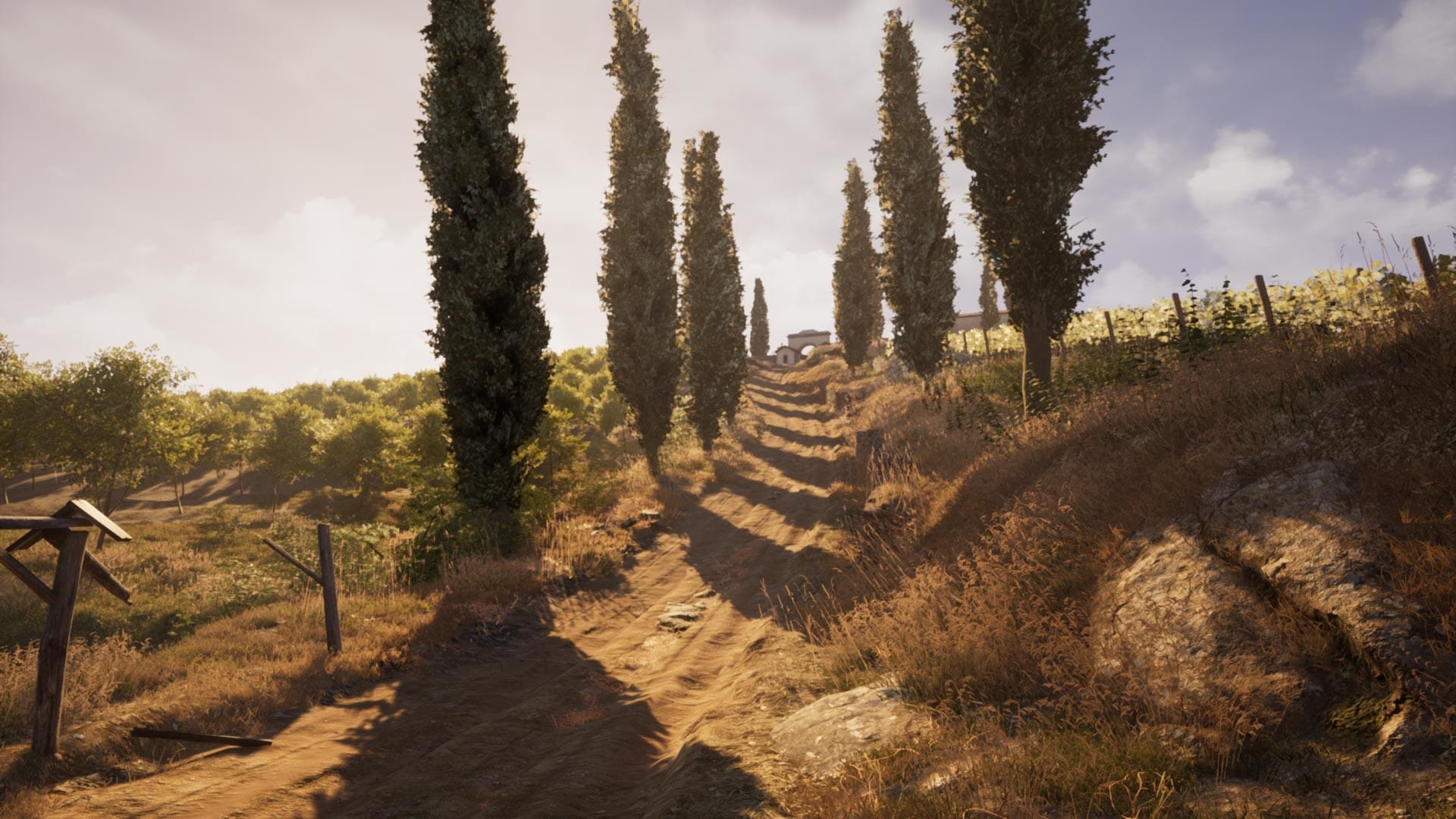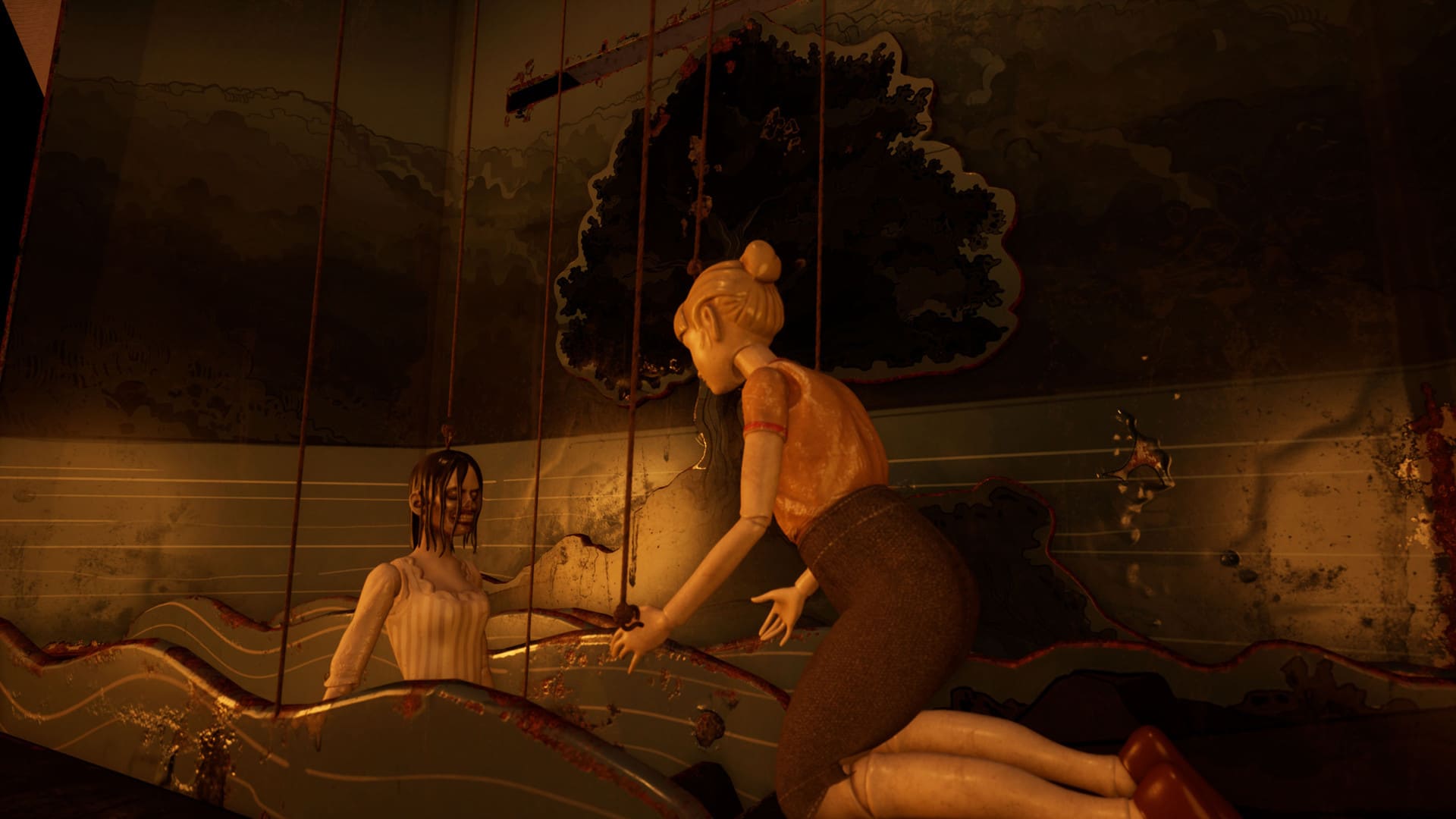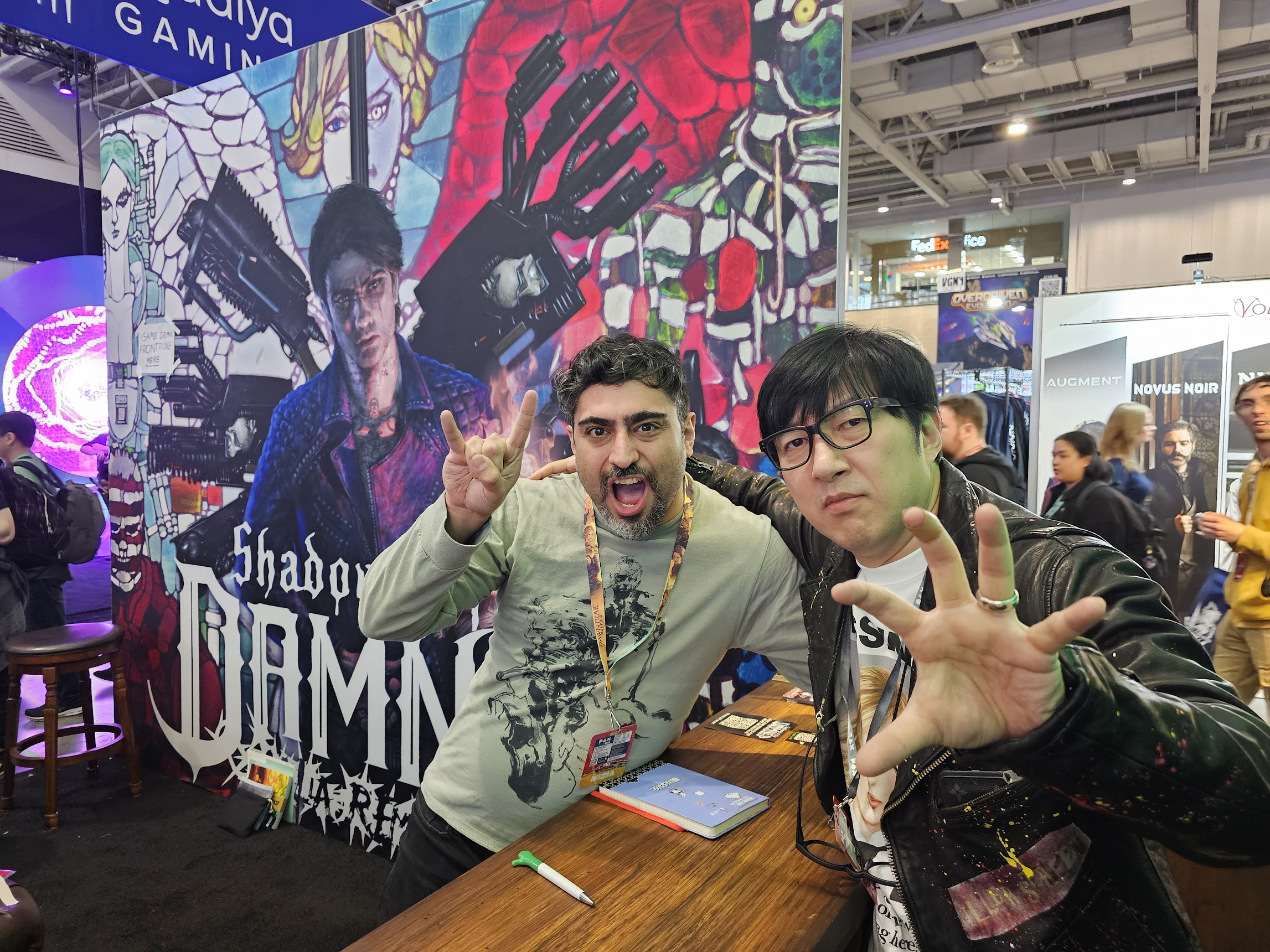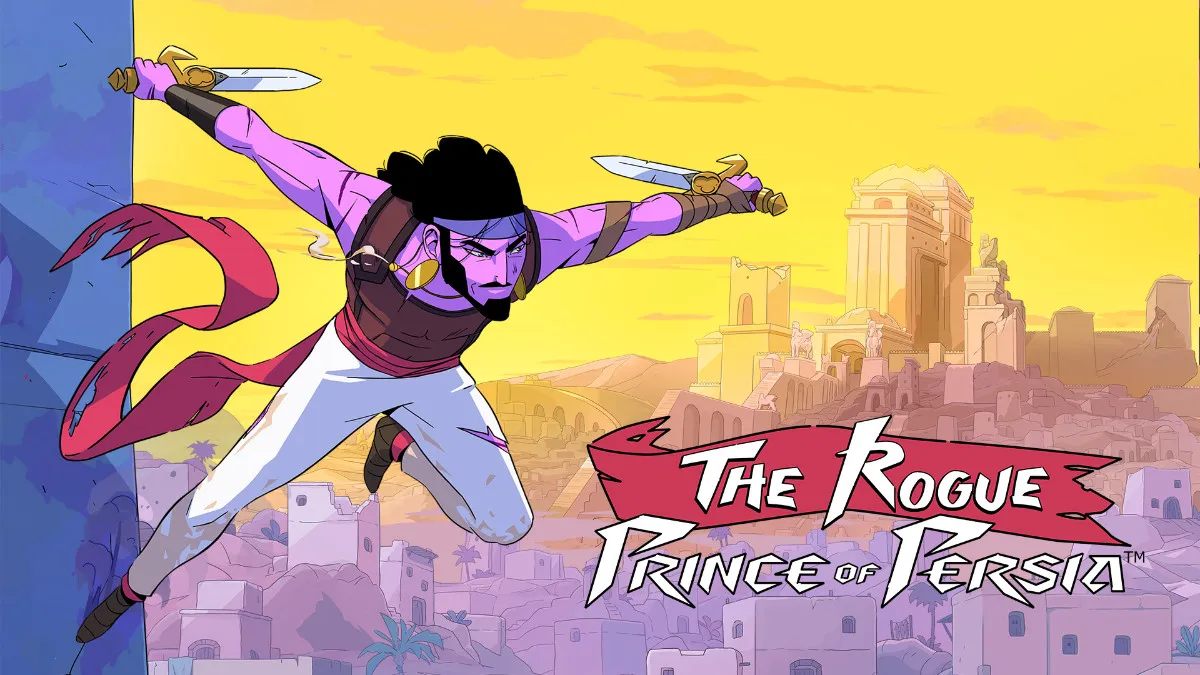What entranced me about Gone Home back in the day was the sense of being an intruder. In the almost decade since, first-person narrative adventures have taken on some weird and wonderful dimensions, as in What Remains of Edith Finch and Call of the Sea, but they tend to hit a little differently. Martha Is Dead flirts with a speculative vibe thanks to its spooky fairytale framing, but it remains grounded firmly in the reality of its World War II setting. If the rest of Martha Is Dead matches up to the opening chapters played for this hands-on preview, it could well become the new benchmark for “walking simulators.”
Authenticity is the biggest strength of Martha Is Dead. Developer LKA‘s dedication to detail is evident in everything from the recreation of the Tuscan backdrop to the machines you interact with — not to mention the emotional complexity of the story.
The game’s title gives away the narrative hook. Martha is dead, drowned in a lake, but her identical twin sister Giulia is the only one who knows. Everyone else thinks that she is Martha. In the fluster of the moment of discovery, Giulia is unable to correct her mother’s assumption, and the burden of what the secret means makes speaking up increasingly daunting. The circumstances prey on Giulia’s fragile mental state. It manifests in her narration and more viscerally in disturbing nightmare sequences that capture the abstracted realism of dreams.

Beyond the fact of Martha’s death lies the mystery of how she ended up in the lake and why. Yet at the same time, war rages in Italy, looming over the background of the story — and also occasionally bursting through into the foreground. And there’s even more bubbling away under the surface. The storytelling is bold and rich, entwining its multiple layers like a braided rope. Unfortunately, the story weakens when the gameplay dallies with tropey supernatural horror or jump scares, so hopefully the conclusion avoids falling into that trap.
As is common in its genre, Martha Is Dead is about piecing together a mystery, but unusually, you’re not doing it in the aftermath. The family drama is ongoing, and the war is a threatening presence via the radio and beyond. There’s vitality to this world, matched by how you interact within it.
On top of the guided exploration you can expect from a game of this kind, there’s a simplified photography simulation system. Giulia is an avid photographer, and her weapon of choice is a finicky Box Brownie camera. With controls for the aperture, focus, and a few other pieces — as well as additional lenses and filters — the mechanic feels a little meta, tapping into gaming’s relatively recent love of photo modes. Although, it lacks quite the same level of control over the parameters that you get in the best examples.

Afterward, the photos you take must be developed in a dark room, which Martha Is Dead also understandably simplifies. Despite being simplified versions of reality, these mechanics contribute to the overarching feeling of authenticity, which is reinforced by the fiddly mechanical interactions with other archaic technologies the game incorporates.
Underpinning all of that is the simple strength of place. The technology defines the time period. The faithful look defines the setting. Although the action in the Martha Is Dead preview was contained to a relatively small zone, Tuscany dreams in the distance, a region of rolling hills and spearing cypress trees, dotted with naturalistic sandstone architecture. It’s effortlessly romantic. Likewise, the home to which Giulia’s family has retreated conveys a sense of groundedness. The same feeling permeates every environment accessible in this preview.
And it’s a small thing, but the value added by LKA’s decision to set the default audio language to Italian is incalculable. Yes, it means you may have to read to have any idea of what’s going on, but it reinforces the entire vibe that this story could be real, could have happened somewhere far away, somewhen long ago, at a time and place where a much larger story would subsume this family fable. It’s yet another example of how something as simple as language choice can sell a mood.

That authenticity, in turn, heightens the tension. Because so much in Martha Is Dead feels real, the moments when the real shifts to the imagined are powerful. The shifts are natural, always unexpected, and often give rise to deeply unsettling imagery that reflects and emphasizes story beats. This is not a game you’ll want to play with the lights off.
The terror is palpable, but it’s also secondary. At heart, this is a family drama, and you’re just trying to fumble your way through to find out what happened and why things are so confused. It may be gussied up with a decade’s worth of genre evolution, but above all Martha Is Dead feels like coming home.





